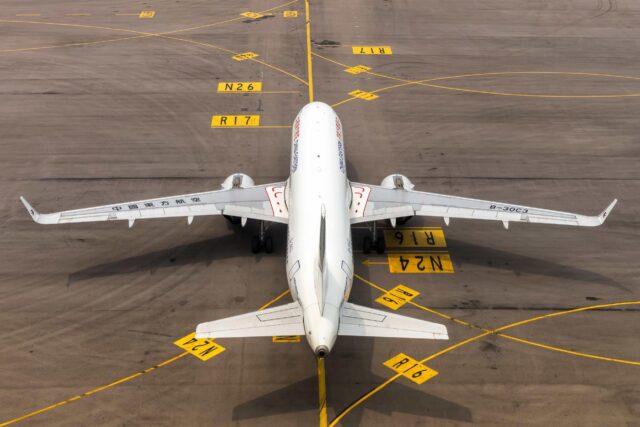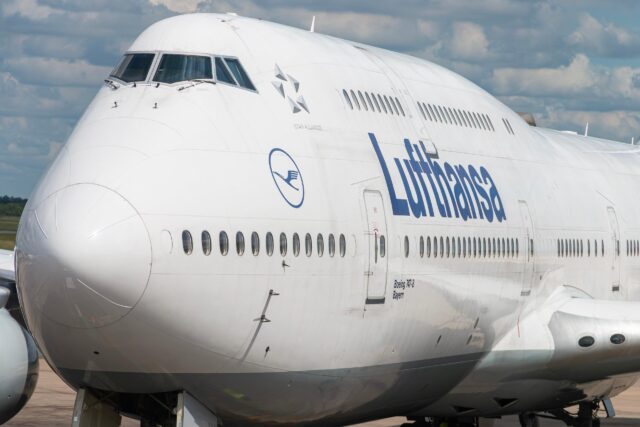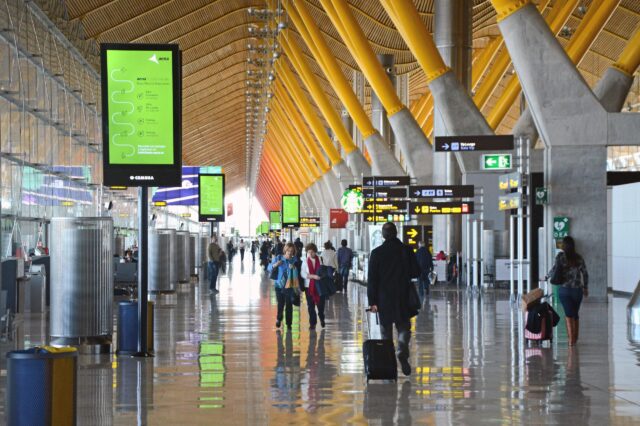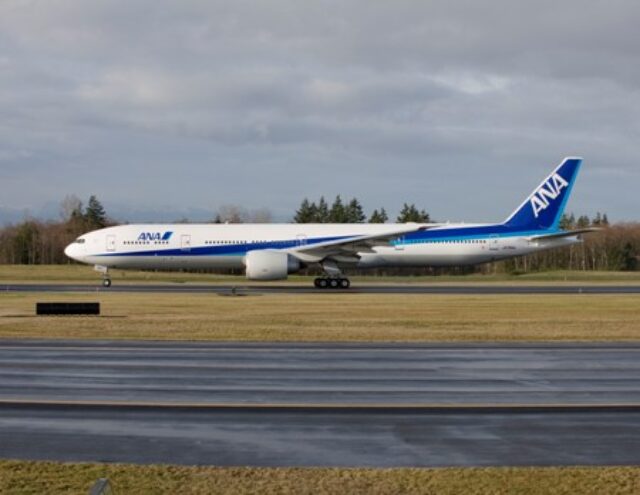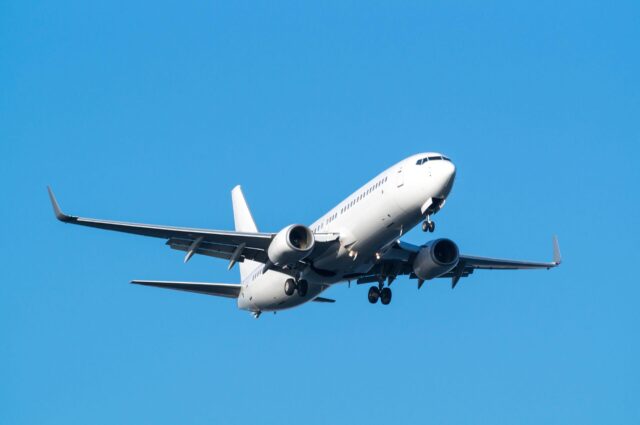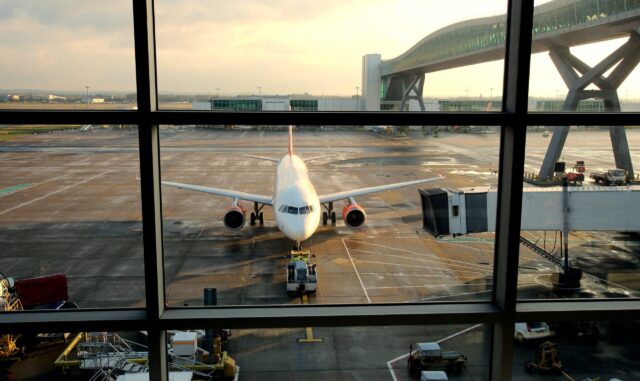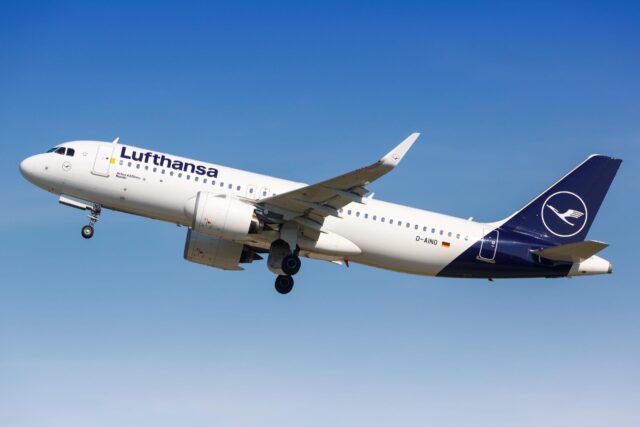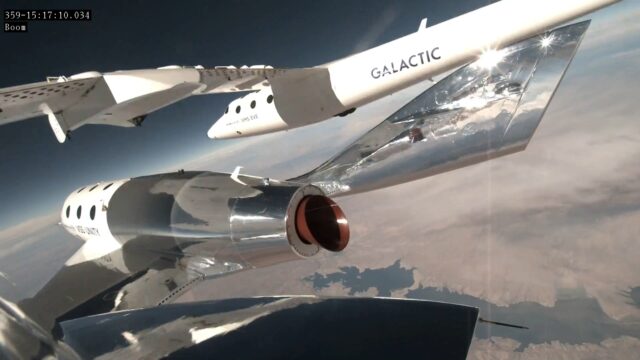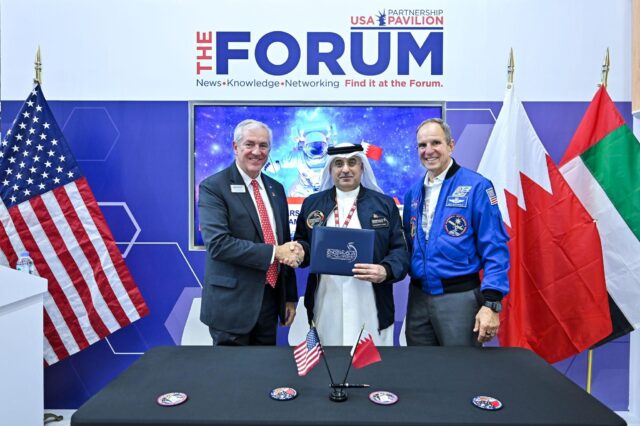North Korea accuses Japan of imperial ambitions in 6th-gen GCAP fighter deal

July 22, 2025

In typical bellicose fashion, North Korea has slammed Japan’s participation in the Tempest/GCAP 6th-generation fighter jet project in development with the United Kingdom and Italy. North Korea has accused Japan of returning to ‘imperial ambitions’ in the region.
North Korea berates Japan over GCAP development
According to South Korea’s Korea Joongang Daily, the North Korean state-run Korean Central News Agency (KCNA) labelled Japan as “militaristic” and more “frantically engaged than ever” in colluding with other countries to re-invade the Korean peninsula.

Japan invaded the Korean peninsula in 1592 and 1910. Following Japan’s defeat in 1945, Korea became independent but was split into North and South Korea. Historical grievances have soured Japanese relations with both Koreas ever since.
These historical grievances were picked up by North Korean media reporting that the GCAP project was part of Japan’s ambitions to “create a favourable environment for future wars of aggression.” Earlier in 2025, the KCNA reported Japan was forging “a war scenario for realising its ambition for reinvasion.”
North Korea also accused Japan of returning to its old allies with whom it once signed a “blood alliance.” That appears to be a reference to when the British Empire was a key Japanese ally, which helped Japan develop its navy. The relationship ended after WWI with the signing of the Washington Navy Treaty of 1922.
Japanese & North Korean air forces
Since WWII, the Japanese Air Force has been reliant on US fighter jets. According to FlightGlobal, the Japanese fighter jets are currently made up of 62 F-2A (domestically produced F-16 Fighting Falcons), 155 F-15Js (domestically produced F-15 Eagles), and a few dozen F-35s with more on order.
GCAP represents a significant departure from Japan’s purchasing of US fighter jets in the post-WWII period. This was partly caused by the US previously wanting to develop its 6th-gen fighter jets alone and not committing to export them.

Meanwhile, the North Korean Air Force is a venerable eclectic museum of obsolete aircraft. The most modern fighter jet in North Korea is a limited number of ageing MiG-29s received around the collapse of the USSR. Many of North Korea’s aircraft include Chinese variants of old Soviet aircraft like the Illyushin II-28, MiG-17, MiG-19, and MiG-21.
The Mikoyan-Gurevich MiG-17 first entered service in 1952, while the Korean War was still being fought. In late 2024, Newsweek reported that the United States assessed Russia would provide old 4th-gen fighters like the MiG-29 and Su-27 aircraft as part of compensation for North Korea’s contributions to its war in Ukraine.
GCAP: A mammoth undertaking
Previously, Japan was working to develop the Mitsubishi F-X 6th-gen fighter and would have been Japan’s first domestically developed advanced fighter. Developing 6th-generation fighters is a mammoth undertaking that will tax any defence aerospace sector to the breaking point.
It appears to be impossible for any country, other than China and the United States, to develop a 6th-generation fighter jet alone. Even the White House is saying it is infeasible to develop the Air Force’s F-47 and Navy’s F/A-XX simultaneously.
Consequently, Japan partnered with the UK and Italy in 2022 to pool resources and jointly develop GCAP. Even so, these countries have sought other countries, like Saudi Arabia and Sweden, to join the project and share the costs and strain.

The first Tempest/GCAP demonstrator is currently in production. The type is expected to fly in 2027 and enter service in 2035.
According to Professor Justin Bronk, GCAP is being developed to counter future advanced Chinese fighter jets. For Japan, China is the future threat in Asia, while in Europe, it is believed Russia will fall behind in fighter jet technology and eventually be forced to turn to more advanced future Chinese fighters.
